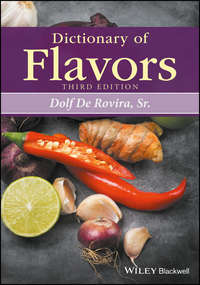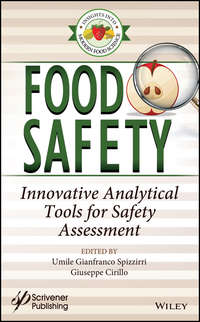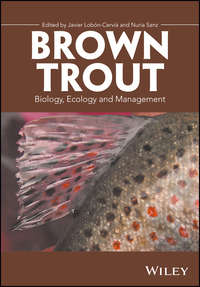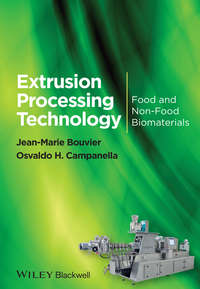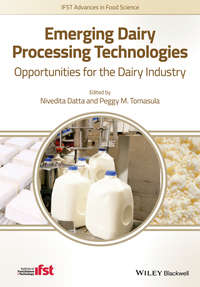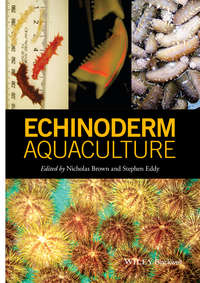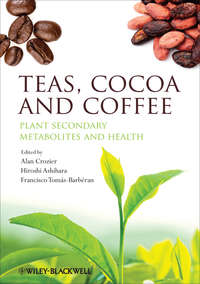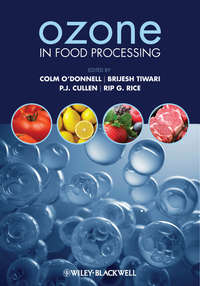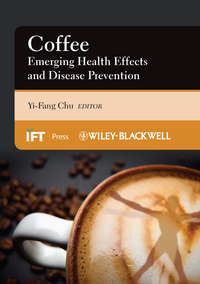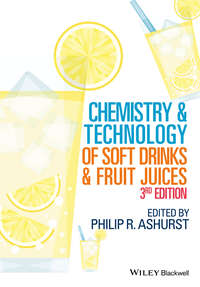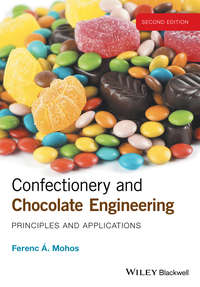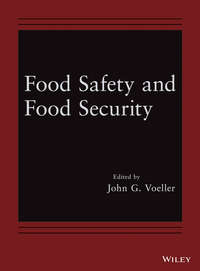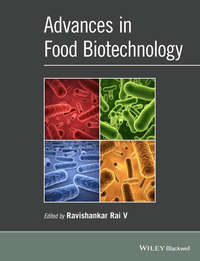Книги жанра мукомольное производство
The third edition of this highly popular scientific reference continues to provide a unique approach to flavors, flavor chemistry and natural products. Dictionary of Flavors features entries on all flavor ingredients granted G.R.A.S. status, compounds used in the formulation of food flavors, and related food science and technology terms. Allergies and intolerances are addressed, along with strateg…
Food safety and quality are key objectives for food scientists and industries all over the world. To achieve this goal, several analytical techniques (based on both destructive detection and nondestructive detection) have been proposed to fit the government regulations. The book aims to cover all the analytical aspects of the food quality and safety assessment. For this purpose, the volume describ…
Guide to Foodborne Pathogens covers pathogens—bacteria, viruses, and parasites—that are most commonly responsible for foodborne illness. An essential guide for anyone in the food industry, research, or regulation who needs to ensure or enforce food safety, the guide delves into the nature of illnesses, the epidemiology of pathogens, and current detection, prevention, and control methods. The guide…
Brown Trout: Biology, Ecology and Management A comprehensive guide to the most current research, history, genetics and ecology of the brown trout including challenging environmental problems The brown trout is an iconic species across its natural European distribution and has been introduced throughout the World. Brown Trout offers a comprehensive review of the scientific information and current r…
The only up-to-date book on this important technology, Extrusion Processing Technology: Food and Non-Food Biomaterials bridges the gap between the principles of extrusion science and the practical «know how» of operational engineers and technicians. Written by internationally renowned experts with over forty years of experience between them, this valuable reference for food scientists, food engine…
Fluid milk processing is energy intensive, with high financial and energy costs found all along the production line and supply chain. Worldwide, the dairy industry has set a goal of reducing GHG emissions and other environmental impacts associated with milk processing. Although the major GHG emissions associated with milk production occur on the farm, most energy usage associated with milk process…
Sea urchins and sea cucumbers are highly sought after delicacies growing in popularity globally. The demand for these species is rapidly outpacing natural stocks, and researchers and seafood industry personnel are now looking towards aquaculture as a means of providing a sustainable supply of these organism. Echinoderm Aquaculture is a practical reference on the basic biology and current culture p…
In recent years, the role of plant secondary metabolites as protective constituents in the human diet has been a growing area of research. Unlike the traditional vitamins, they are not essential for short-term wellbeing, but there is increasing evidence that modest long-term intakes can have favourable impacts on the incidence of cancers and many chronic diseases, including cardiovascular disease …
Food and dairy powders are created by dehydrating perishable produce, such as milk, eggs, fruit and meat, in order to extend their shelf life and stabilise them for storage or transport. These powders are in high demand for use as ingredients and as food products in their own right, and are of great economic importance to the food and dairy industry worldwide. Today, the ability to control food an…
This book is the first to bring together essential information on the application of ozone in food processing, providing an insight into the current state-of-the-art and reviewing established and emerging applications in food processing, preservation and waste management. The chemical and physical properties of ozone are described, along with its microbial inactivation mechanisms. The various meth…
Coffee: Emerging Health Benefits and Disease Prevention presents a comprehensive overview of the recent scientific advances in the field. The book focuses on the following topics: coffee constituents; pro- and antioxidant properties of coffee constituents; bioavailability of coffee constituents; health benefits and disease prevention effects of coffee; and potential negative impacts on health. Mul…
Soft drinks and fruit juices are produced in almost every country in the world and their availability is remarkable. From the largest cities to some of the remotest villages, soft drinks are available in a variety of flavours and packaging. Over the last decade, soft drinks and fruit juices have been the subject of criticism by the health community and there is considerable pressure on beverage ma…
Confectionery and chocolate manufacture has been dominated by large-scale industrial processing for several decades. It is often the case though, that a trial and error approach is applied to the development of new products and processes, rather than verified scientific principles. Confectionery and Chocolate Engineering: Principles and Applications, Second edition, adds to information presented i…
Food Safety and Food Security features articles from the Wiley Handbook of Science and Technology for Homeland Security covering topics related to processing and packaging methods to protect food supply against contamination and to mitigate the consequences of contaminated foods. It discusses related detection systems as well as decontamination and disposal of contaminated foods.
The application of biotechnology in the food sciences has led to an increase in food production and enhanced the quality and safety of food. Food biotechnology is a dynamic field and the continual progress and advances have not only dealt effectively with issues related to food security but also augmented the nutritional and health aspects of food. Advances in Food Biotechnology provides an overvi…
